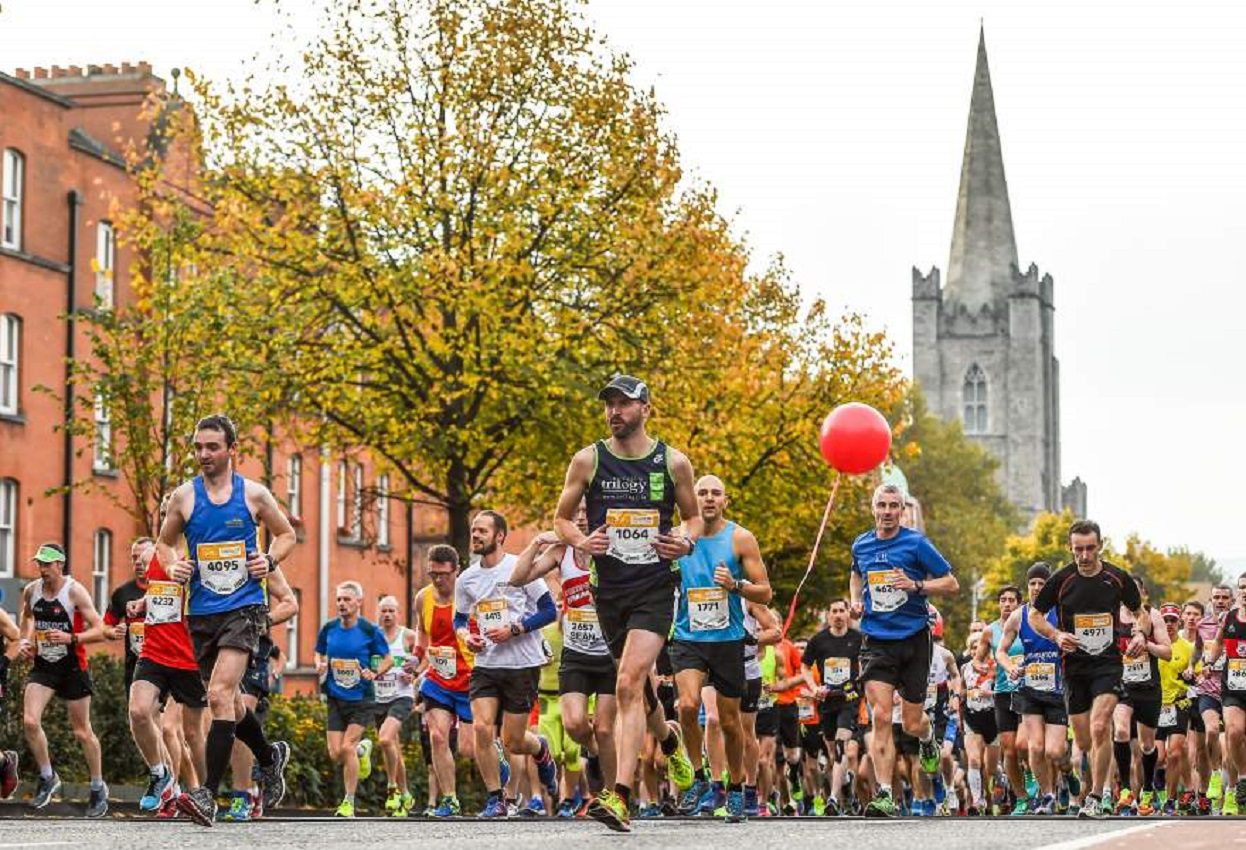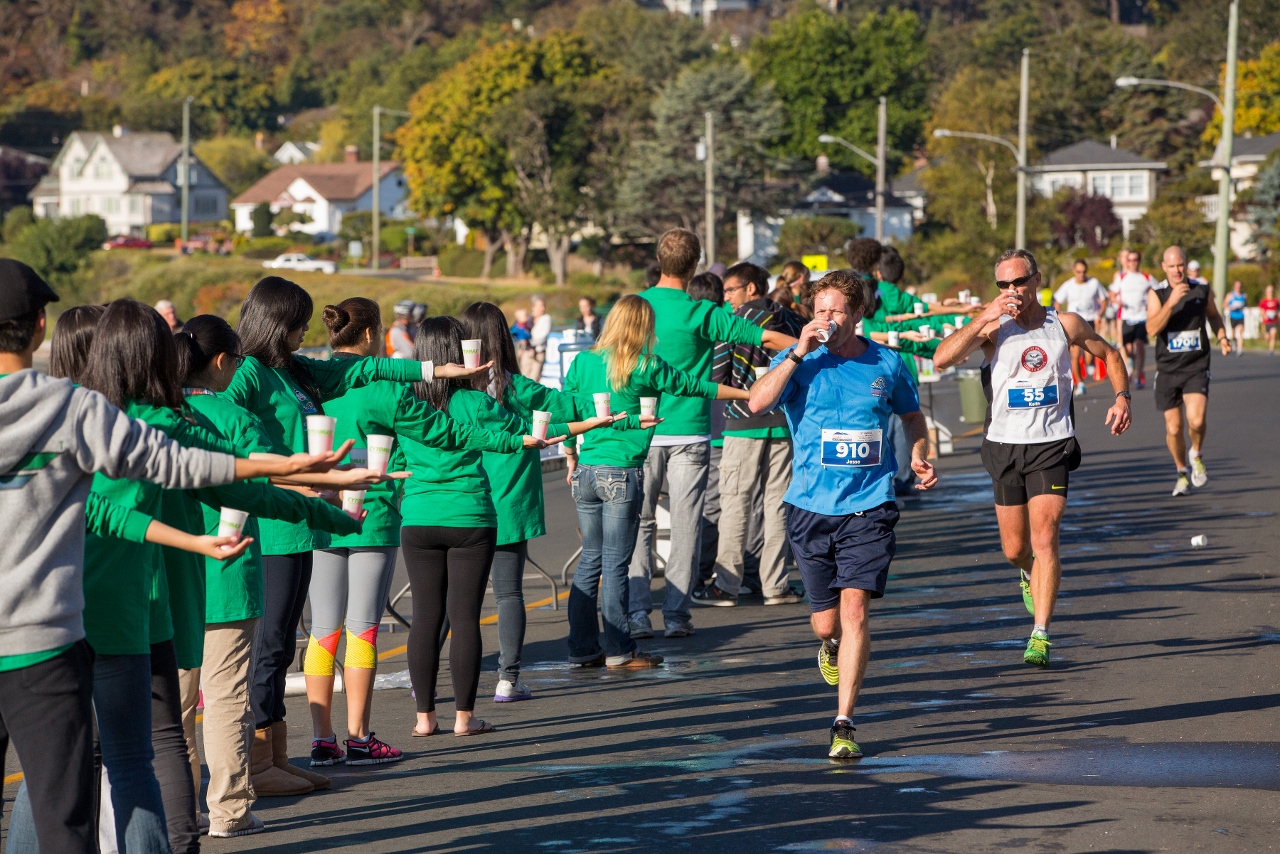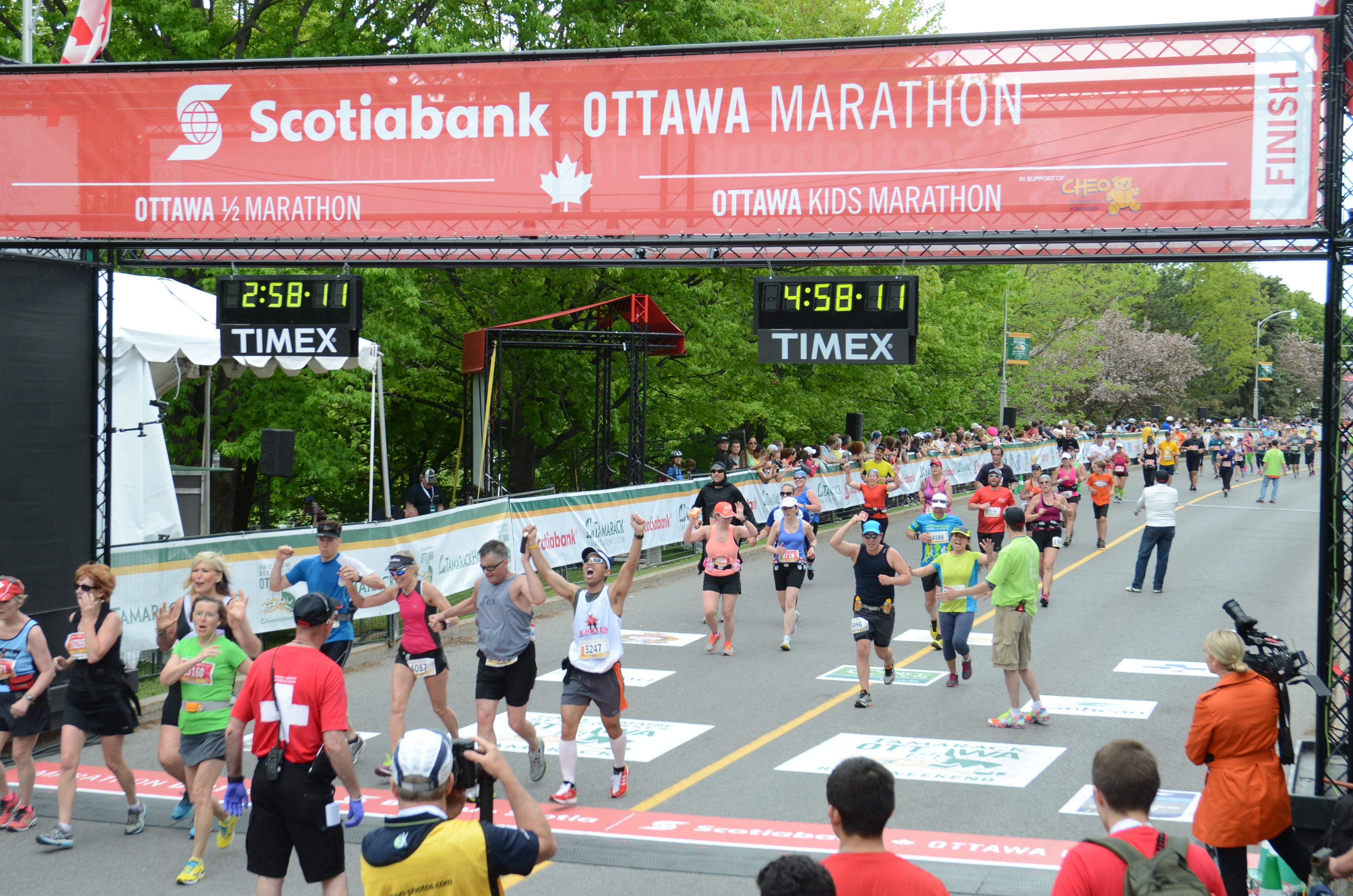What is the wall, and why do runners hit it?
If you've got a fall marathon on the calendar, follow these tips to avoid bonking during the race

Whether you’ve run a marathon or not, you’ve likely heard of the infamous “wall.” It’s the dreaded phenomenon that usually occurs near the end of the race when your body seemingly gives up and you’re forced to suddenly and dramatically slow your pace and hobble to the finish line. It can happen to even the most experienced, well-prepared runners, but why? Before you toe the line of your fall marathon this year, make sure you’re well acquainted with its causes.

RELATED: Hitting the wall, by the numbers
Why does the wall happen?
According to a 2020 study, runners typically hit the wall in and around the 30 km mark in the marathon. The physiology behind this phenomenon is fairly well understood: your body’s glycogen stores become depleted so it no longer has the fuel it needs to continue running. Combined with the normal levels of fatigue that occur during an endurance event, possible challenging weather conditions and a poor pacing strategy, even the best runners can go from running personal-best pace to shuffling along at half-speed, or even walking to the finish.
Still, there are no agreed-upon parameters to precisely define what hitting the wall actually means, and most runners agree that it’s one of those things that you only recognize when you see it (or feel it). Some experts argue that runners hit the wall once they’ve expended 2,000 calories, since that is the point at which you’ve depleted your body’s glycogen stores (typically, your body can store about 30-35 km worth of glycogen before you run out). Starting out too fast or with inadequate glycogen stores can cause this to happen even earlier or more significantly.

How to avoid the wall
The good news is, there are a number of simple things runners can do to avoid the dreaded wall. The first, of course, is to make sure you train properly, which includes doing long runs and practising your marathon pace in workouts. Going into the race with a proper pacing strategy — and sticking to it — is also important to avoid the too-fast-too-soon pitfall.
Your nutrition in the days leading up to the race, as well as during the race, is also extremely important. During the week before the marathon, you should make sure you’re consuming enough fluids to stay hydrated and that you’re not under-eating, specifically when it comes to carbohydrates. Ideally, in the last few days before the race, you should be increasing your carbohydrate intake to ensure you have plenty of glycogen available for race day. Finally, you should consume some carbohydrates during the race to top up your glycogen stores, like a sports drink, gels or another product that works for you. It is crucial that with whichever product you choose, you practise using it during training so you know it doesn’t upset your stomach and it won’t give you GI problems during the race. Remember that the conditions on race day will also affect how much fuel you need, particularly if it’s a warm day, so plan accordingly.

RELATED: Fuel during your long run to get it right for race day
The wall is a common issue for marathon runners, but with the proper preparation, it can be avoided. If you’re not sure how to properly fuel for the marathon, what you should be eating leading up to race day or how you to create a pace plan, talk to a coach who can help you figure out the perfect race-prep strategy for you, so you can run strong all the way to the finish line.


